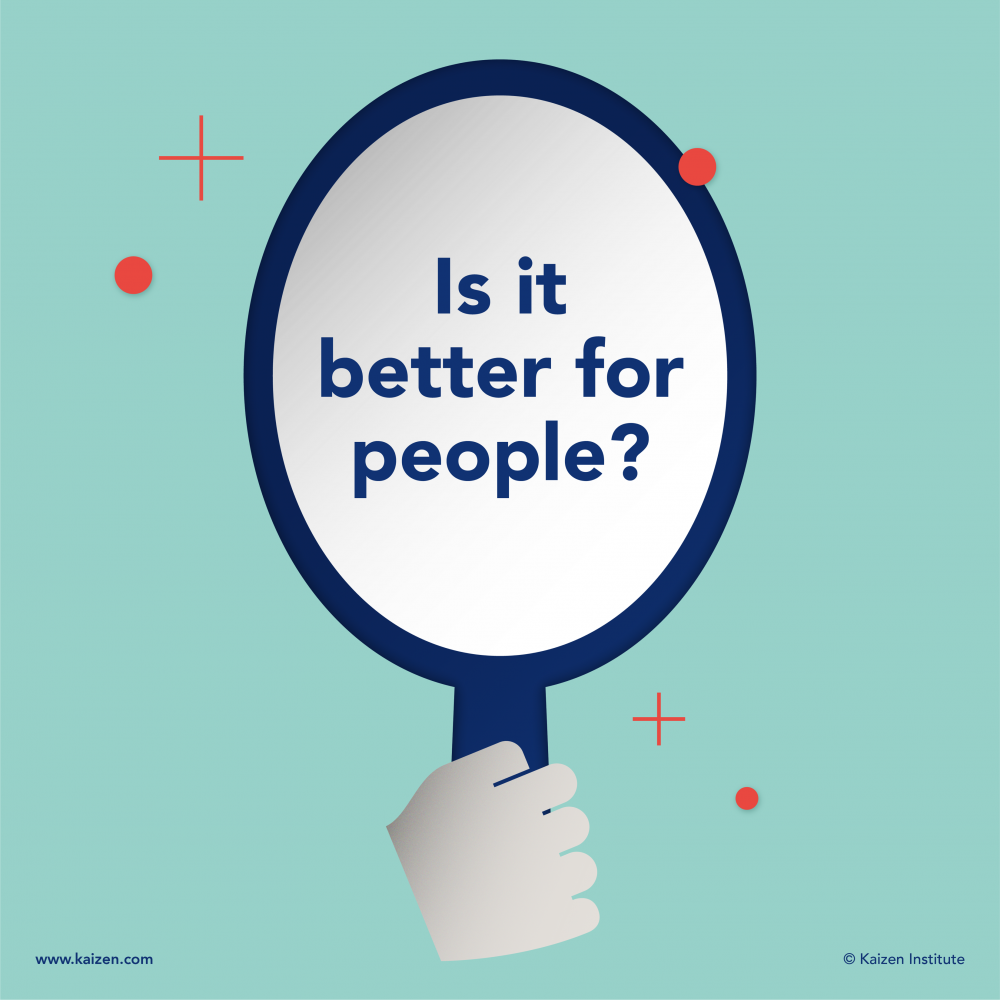Today KAIZEN™ is a popular management concept around the world. There are many books on the subject with numerous students and practitioners of KAIZEN™. In 1985 almost nobody knew what KAIZEN™ was. KAIZEN™ came out of obscurity with the publication of Masaaki Imai’s book Kaizen: The Key to Japan’s Competitive Success (published in 1986) and the establishment of Kaizen Institute the previous year. In some ways the world has come a long way to understand KAIZEN™, but as Taiichi Ohno refers to it in his book Toyota Production System (published in 1988) “understanding means doing.” KAIZEN™ is not theory only, but practice.
Today, a business system built by the endless pursuit of KAIZEN™, is now understood to be a necessary strategy by major corporations. Hospitals, governments, and even small venture firms and startups, are now adopting Continuous Improvement practices. However, this knowledge is only a start; KAIZEN™ must be put into daily practice in order to become continuously leaner.
50% and 90% of all “work” is waste
Repeated studies have shown that between 50% and 90% of all “work” is actually waste. This is true regardless of the country, industry, or product. From the customer’s point of view, very little of our efforts add value to them. This is partially due to (i) the law of entropy, (ii) the way processes are designed, and (iii) organizations not genuinely listening to their customers. When people and organizations choose to focus more on themselves and their internal needs than on their customers, a cultural dilemma is created. It makes organizations less capable of change, less adaptive, and subsequently less likely of long-term success.
Even if we can copy in the short-term the practices of people and organizations we admire, making lasting change is difficult. Companies that tried to adopt KAIZEN™, or even individuals who attempted to break bad habits, have experienced this challenge. Human habits are hard to change, and organizations are nothing more than a collection of human habits. KAIZEN™ can help us develop positive habits of identifying and understanding problems based on facts, seeking improvement ideas from other people, experimenting with small changes, and trying new solutions repeatedly. These are habits that foster change capability.
Our habits and behaviors create a culture of wastefulness in our reality
What about change in our daily lives? How much awareness do we have about reducing wasted resources by applying KAIZEN™? Reflect for a moment on how we consume food. For most of us, this is a daily activity we can influence. We throw away food at the farm, at the supermarket, at home, at restaurants. This is not good for our personal finance and increases cost throughout the supply chain. It is also an ethical issue with multi-millions of people struggling with malnutrition. This is not the KAIZEN™ way.
There are many such examples of time, money and other resources not being respected, and instead are wasted. Here’s another food example: When food is cheap, we are made to believe that throwing it away is not only okay, but also a more efficient and easier way to live our lives. By believing this, we create a reality that makes it true. As customers, we allow the current wasteful food supply chain to exist. We accept it is part of our current culture. In the same way, we allow and accept many wasteful practices within our organizations. Our mindsets create our habits and behaviors, and our habits and behaviors create a culture of wastefulness in our reality, whether in broader society or within organizations.

KAIZEN™ is the engine that gives life and energy to an organization
In the minds of ill-informed people, KAIZEN™ has been relegated as just one of many tools of a Lean management system, however, KAIZEN™ has always been more than that. KAIZEN™ is the engine that gives life and energy to an organization by engaging the creativity of people who solve problems together. KAIZEN™ is change for what is good – change in a moral and virtuous direction. When we understand this, it requires that we look at the choices we make and ask “Is this moral?” In other words, “Is it better for people?” When we ask these questions and take actions guided by our innermost being, we begin to create KAIZEN™ cultures where everyone, everywhere, every day is changing for the better.
